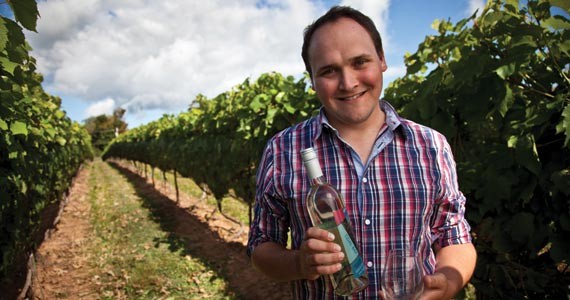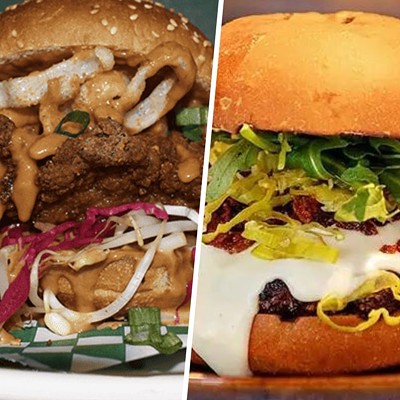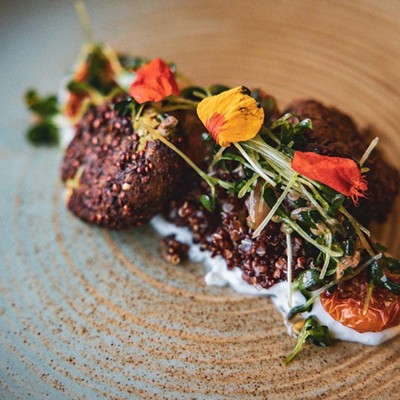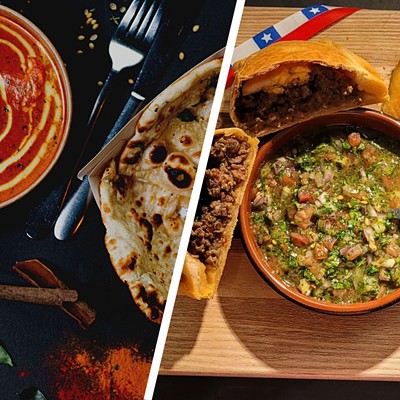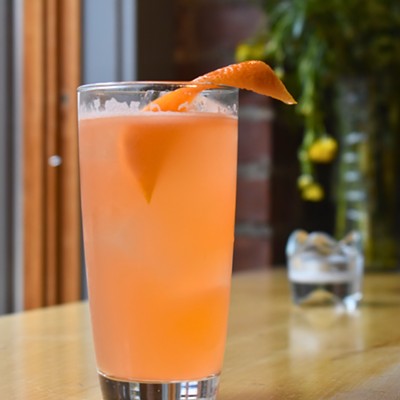Nova Scotia has had a commercial wine industry since the late '70s, early '80s when Roger Dial opened the original Grand Pré and created some head-turning, palate pleasing wines that surprised the rest of Canada. But the industry didn't exactly explode after that. Recently, though, the fuse seems to be have been relit and, if NS wine didn't quite detonate with the visit of national wine judges and journalists for the 2011 Canadian Wine Awards in August, it certainly approached the boiling point.
For the first time, Wine Access magazine brought its national wine competition to an alternate wine region. This says a lot, that important wine people outside our region are noticing our wines, paying attention.
Local booze writers like me can shout out our love until we're purple in the face, but until key people from across the country and the world taste them for themselves, they'll remain a local secret.
But now the cat is out of the bag, the grapes are squished and the corks are popped. It's out there. We've turned the corner. We have some great wines. And the world knows. How did this happen?
Was it the consecutive vertical vintage tastings of stellar traditional method (a la champagne) bubblies at sparkling specialists L'Acadie Vineyards and Benjamin Bridge that did the trick? Perhaps. These wines are remarkable.
But it could have been the next day's terroir overview (literally) from the significantly elevated Luckett Vineyards followed by a sampling of what are consistently the best table wines in Nova Scotia: Gaspereau Vineyards (just crowned Winery of the Year at the Atlantic Canadian Wine Awards), in behind the winery with Jost/Gaspereau owner Hans Christian Jost and winemaker Gina Haverstock. When those cross-country writers tasted the riesling, you could see them all looking at each other with that knowing gaze: "This is the good stuff!"
Or it may have been dinner at Le Caveau at Domaine De Grand Pré, at the site of Roger Dial's original winery, a decade ago reborn under the Stutz family from Switzerland, making perfectly clean, varietally correct wines like their L'Acadie Blanc, Ortega and Tidal Bay---a white blend that exemplifies the new Tidal Bay appellation.
For me, the deciding moment was after the competition was over and most of the others had left. I visited the new Avondale Sky winery, then Blomidon Estate, with my brother Jeff and Quebec writer Remy Charest. The gorgeous converted church of Avondale and quirky wines from Ben Swetnam perked my palate, and then the samples of unreleased traditional method sparkling wines and barrel-aging 2010 chardonnay from Simon Rafuse at Blomidon really blew my mind.
I have not had better from Canada, and Canada makes some pretty kickass chardonnay. If that kind of wine can come out of Nova Scotia three years out of 10, who knows what can happen?
As Jost told me during the winery tours, there are over 100 acres of perfectly good land just waiting to be planted in Nova Scotia. Now that the rest of Canada knows we can make great wines, what should we do?
Should we fire a bunch of riesling in the ground, as well as chardonnay and pinot noir in the hopes of duplicating the great wines of France and Germany? Or should we just keep planting L'Acadie and other varieties that are guaranteed to make good wine most every year, and try to make more "everyday" wine that we can market to Nova Scotians for their house wines, to replace foreign juice? Maybe we should do both.
The industry is at a major decision point, and it will be interesting to see where it goes, whether it will flash and burn or grow steadily, sustained and controlled.

